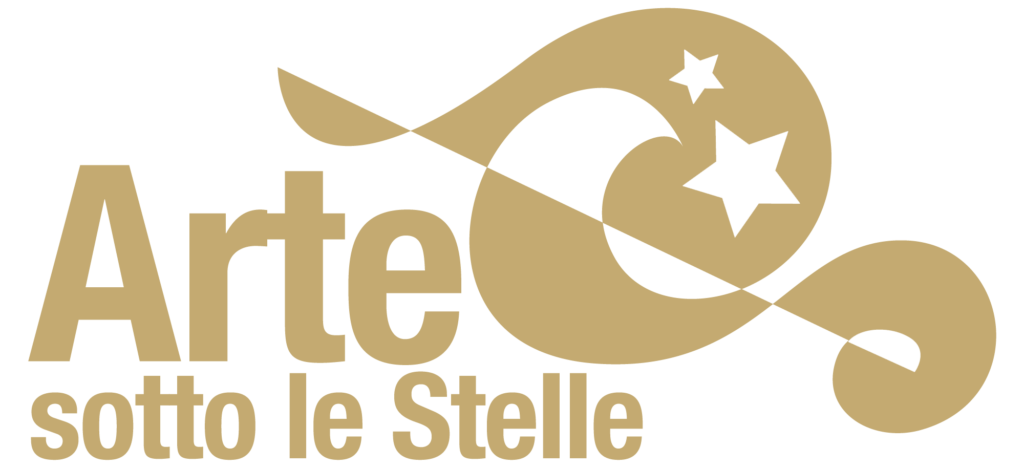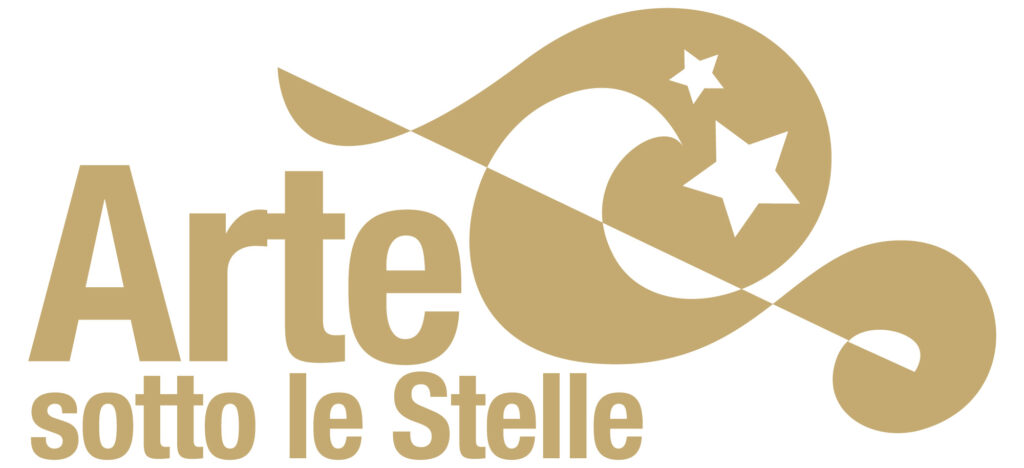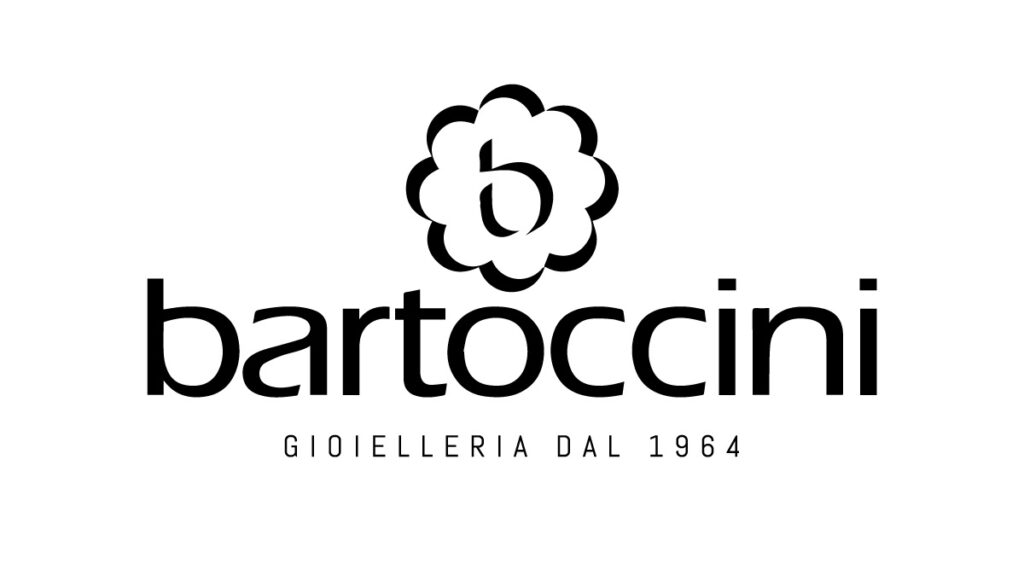Apollo and Daphni – Musée du Louvre – Paris
The painting, dating back to about 1490, depicts the god Apollo, standing on the right, while observing a flute player sitting on the left, identified with Daphni, the young shepherd who according to the myth was the inventor of the bagpipe and the bucolic song. Between the two characters there’s a lyre, an instrument typically associated with Apollo. The naked bodies are gently shaped by the light, which sculpts their limbs, while the perfectly balanced composition conveys a sense of calm harmony.
The construction of both figures recalls works of ancient statuary: the pose of Apollo refers to the Hermes by Praxiteles, while Daphni remembers the resting Hermes by Lysippus.
The two characters are portrayed in the foreground, in front of a serene country landscape where the Umbrian hills gently fade in the background to recreate the effect of the aerial perspective typical of the works of Perugino;
the scenery is only interrupted by the presence of small villages, where a river peacefully flows.
The quotations from ancient times pay homage to the humanistic culture and are perfectly consistent with the client, Lorenzo the Magnificent, who in 1483 commissioned the painting: the elitist nature of the work could in fact be only understood by the narrow circle of Florentine academics who attended the court of the Magnifico.
The work, after several passages between art collectors, is currently preserved at the Musée du Louvre, which bought it in 1883.










